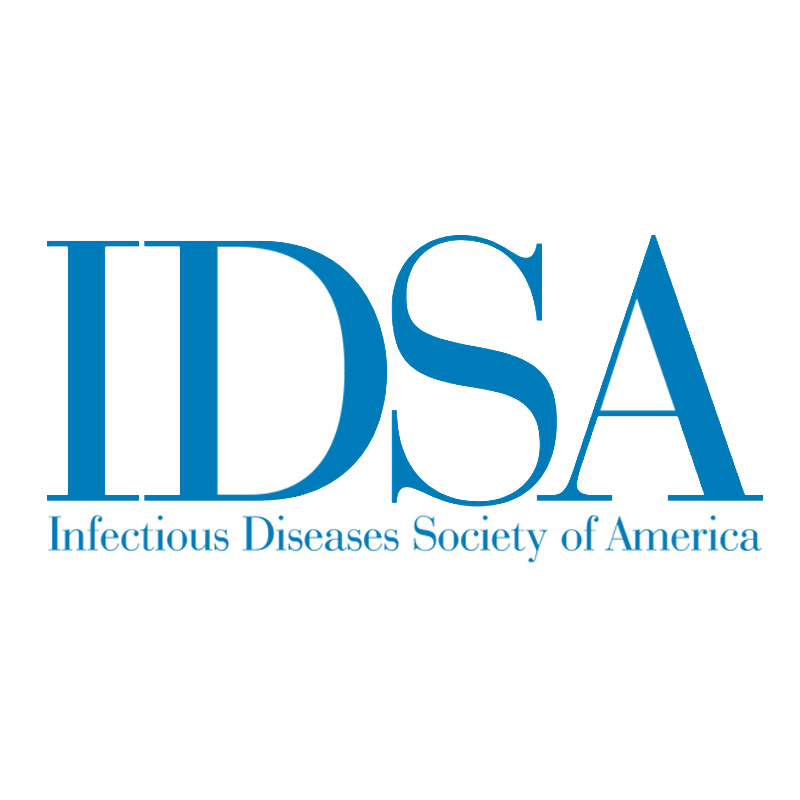It definitely makes sense to get treated early as I said, it is well known in the US that that is appropriate. The best early treatment is vaccination and boosting, however. Unless you are immunocompromised or very frail you have very little to worry about in that case. Unpleasant? Maybe.
I definitely don’t plan to get it if I can avoid it.
Funny: I just thought the idea that we don’t have early treatment regimens in the US is a little funny. Doctors are doing their best for their patients in the US and the best protocol is very well researched, and research continues every day. I don’t understand the idea that somehow there is a miraculous protocol out there we are missing. I am certain there are early treatments that would be better - but no one knows about them, and I mean worldwide.
Let’s distinguish three things:
1. Prophylaxis
2. Early out-patient at home treatment
3. hospitalized in-patient treatment
For #1, of course, vaccination with booster is the best prophylaxis, as well as masks etc.
And for #3 there is good research and evolving treatment for hospitalized in-patient people with already serious symptoms.
but #2, early treatment, that is, therapies indicated merely based on a positive test and mild symptoms (and especially risk factors), but BEFORE serious symptoms and BEFORE you are admitted to the hospital seems limited in the US, but not in other countries as given in the example above.
In the US as an out-patient it seems that at best you only get monoclonal antibodies and only if your symptoms have already gotten bad and even then your area may not have them or they may be rationed for the well-deserving smokers and other high risk people already showing serious symptoms.
The anecdote above re the treatment in India and what has also been reported in other countries, is much more liberal treatment of out patient people early in the disease stage and before hospitalization.
This document does seem to be the closest thing to a US version of the India protocol document with lots of suggestions for early treatment, but unfortunatey, notwithstanding the hundreds of footnotes in the document, it is written by the docotors of the type on the Rogan show.
So going deep into the footnotes and related pubmed searches would be necessary to see where they might have something good to offer. But I just wish there could be more authoritative version of something like this for early and home treatment that could put a dent in the rising hospital admissions if those people got something helpful earlier in the disease stage.






